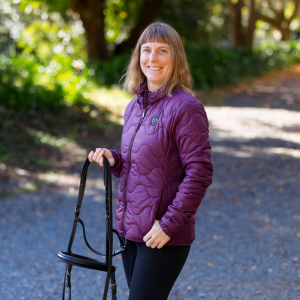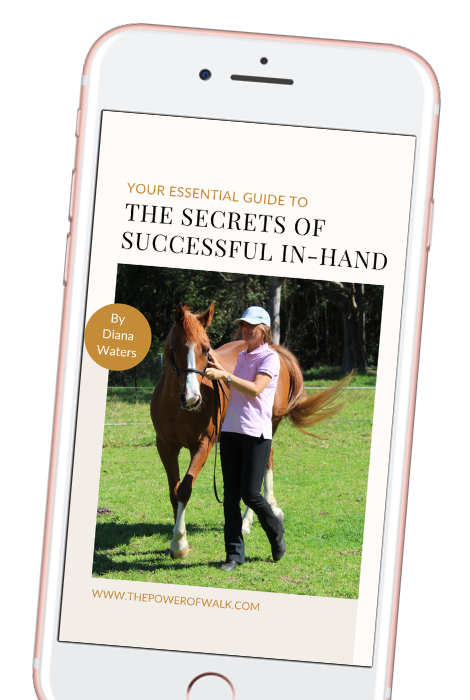
French or German? What are people going on about?
I recently became involved in an online discussion debating the differences between French and German methods of training. The terminology is riddled with problems that detract from the real issue at hand. For a start, French methods are not necessarily practised by the French, and German methods not practiced by the Germans. French methods can be carried out badly, and German methods can be carried out well, and vice versa. There are some disagreements within the schools about exactly how things should be done. Modern methods are different from traditional methods, and in recent years, competition has changed everything.
During this discussion, some people were confused “But where does a Swedish trainer fit into this?” some were annoyed “You are trying to divide the community with all this French and German nonsense” and others were just plain denying that there was any difference at all “There is only good training or bad training!” Or “It’s really about old vs modern”
There are historical reasons why the two schools exist, but maybe it’s time to drop this terminology and stick with the simple phrase that sums it up: German = Movement before balance; French = Balance before movement.
In the “balance first” approach, our serious schooling begins in halt, and slow walk, where we methodically teach the horse to soften (mentally and physically), and then come into alignment and balance. We do not “work” the trot and canter in order to teach balance. We work in walk and halt, in-hand and ridden, and when we ask the horse to trot and canter, they are already balanced in self carriage. Canter is not even introduced in the arena until the horse has been worked for many months in only walk, followed by trot. The foundation is in slow work, and we don't just begin with this, but return to it whenever we are looking to refine and improve.
During this discussion, it was implied that the concept of balance before movement is simply not a thing. I was told:
“NOBODY past the first few weeks is training balance before movement.”
“What is not mentioned, and what causes this ridiculous debate, is that it isn't used past the first few weeks. Look at what you wrote. You are not halting. Therefore you are NOT using balance before movement. Next.”
For me the penny dropped at this point. (I HAD actually been using halt: they misinterpreted my explanation.) I think the reason this person was so dismissive of the idea of balance before movement was because, alongside many others, they had not actually experienced the absolutely profound differences of using these training principles. In fact, it wasn't that many years ago that I hadn't either.
I want to emphasise that it really is a very different way of approaching things, and yes it does involve the majority of transformative work being in walk or halt, and yes it does involve returning to walk or halt whenever balance and self carriage has been lost, and reducing movement/speed before rebalancing slowly and carefully. That doesn’t mean we never trot and canter. We take the balance we created in halt and walk, and bring it into the trot and canter, rather than trying to teach the balance within the gait of trot and canter itself.
What it is not, is doing everything the same, but just spending more time in walk and less in canter. (That would be boring!) You are not merely walking. You are asking the horse to do something very differently while you walk or halt.
In “Racinet explains Baucher” he tells a story of how he had ridiculed Captain de Padirac's slow work before he learnt the beauty of balance before movement.
“Once, as Captain de Padirac had remained for rather a long time in halt, raising his horse’s head, I found it funny to go past him on and on with my horse trotting with his nose literally on the ground. Perfectly aware of my little game, de Padirac squinted at me and simply said “Racinet, your horse is working very well.” I got the message. That was a very elegant way to have me come down one peg. It meant indeed: “Whereas you don’t understand what I’m doing, I understand and even appreciate what you do. Your science is still too short to allow you any judgement.”
Shortly afterwards, Racinet witnessed the same rider in a beautiful, elegant and majestic school walk, and later went on to discover himself, the profound difference caused by working on balance first and from then on he was a convert.
In my upcoming webinar masterclass, “Walk: The Queen of Gaits” I will be taking a deep dive into the whys and hows of walk work. So if you’ve been curious about the recent surge of interest in classical walk work, and would like to know where to begin with your horse, this is going to be the class for you. The webinar will include some video footage of the beautiful and majestic school walk, and some practical information on how to get started down a whole new path (warning: there is no turning back once you know!)



